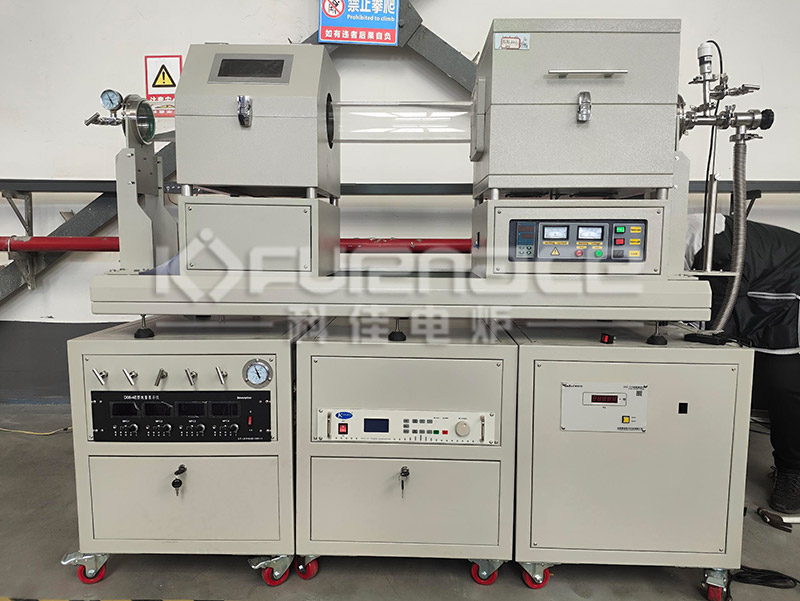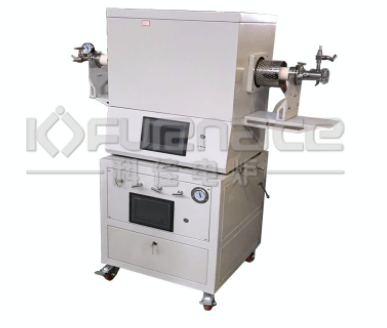PECVD (Plasma Enhanced Chemical Vapor Deposition) and CVD (Chemical Vapor Deposition) are two different chemical vapor deposition techniques, with some differences between them.
Working principle:
PECVD utilizes plasma to excite chemical reactions by adding high-energy electrons, ions, and free radicals, allowing the reaction to occur at lower temperatures, thereby reducing the deposition temperature of the material.
CVD is a thermochemical reaction carried out under atmospheric pressure or slight vacuum, which decomposes the precursor gas and deposits it on the substrate surface by heating it, usually requiring a higher temperature.

Plasma RF of PECVD, CVD does not have this device
Sedimentation temperature:
PECVD is typically performed at lower temperatures, typically between room temperature and several hundred degrees Celsius, as the presence of plasma can increase the reaction rate.
CVD typically requires a higher temperature, typically between a few hundred to several thousand degrees Celsius, to facilitate the occurrence of thermochemical reactions.
Sedimentation rate:
The deposition rate of PECVD is relatively low, usually between a few nanometers to tens of nanometers per minute.
The deposition rate of CVD is relatively high, usually between tens of nanometers to a few micrometers per minute, or even higher.

PECVD system with slide (click on image to view product details)
Energy consumption:
PECVD is usually able to deposit at lower temperatures, thus saving energy.
CVD typically requires higher temperatures and higher energy consumption.
Application field:
PECVD is widely used in fields such as thin film coatings, surface modification, optical thin films, photovoltaic cells, and flat panel displays.
CVD is used to prepare various material thin films, including metals, semiconductors, nitrides, oxides, etc., and is widely used in semiconductor devices, optical devices, functional coatings, and other fields.

Commonly used CVD system (click on image to view product details)
So, there are significant differences between PECVD and CVD in terms of technical principles, application fields, and equipment characteristics. When choosing which technology to use, it is necessary to consider the specific process requirements and material characteristics comprehensively. Before purchasing, it is necessary to consult the equipment technology to understand which equipment is suitable for oneself.Click to learn more PECVD devices! Or click on online customer service to learn more about product information!